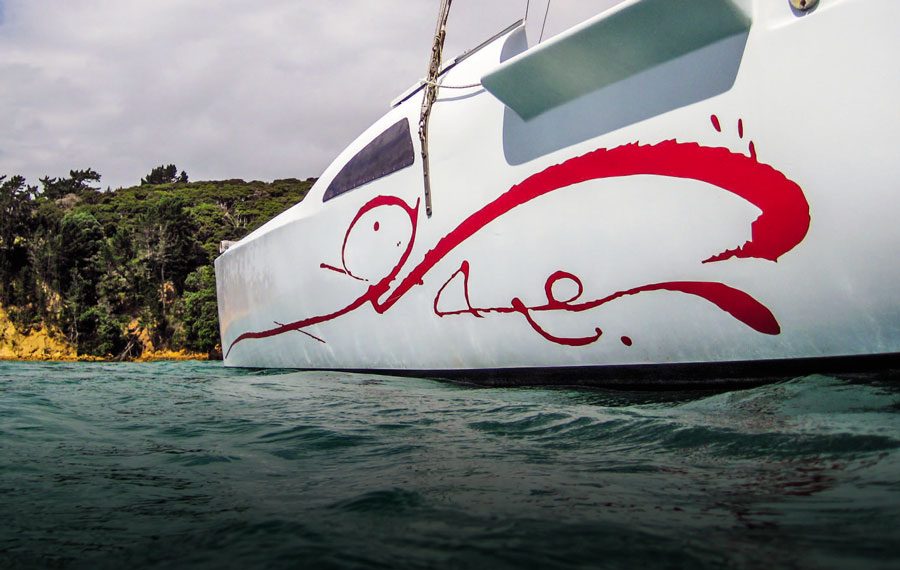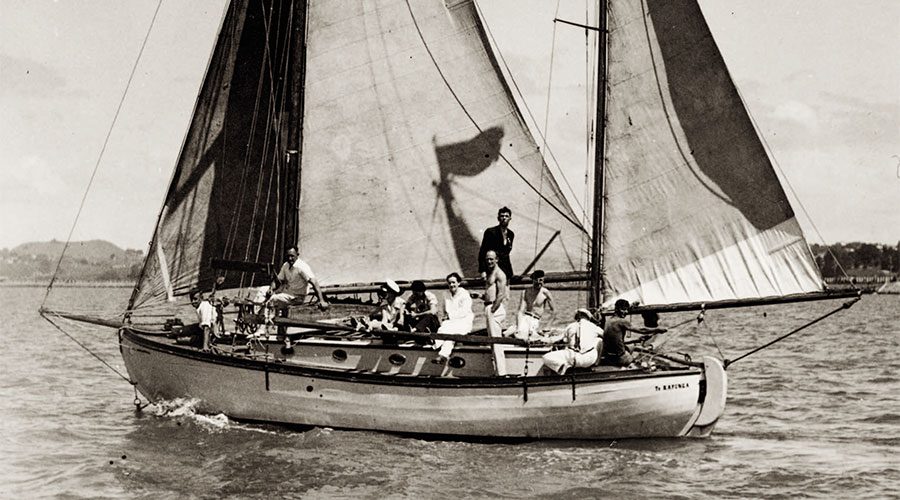

Following this simple recipe will ensure a safe and enjoyable day’s boating for everyone on board.
METHOD
Before adding to an ocean of water, check your boat is seaworthy. By that we mean does it float and does it have an engine that’s trustworthy? If you’re not sure, then perhaps mix only a little at first and get your engine serviced by a qualified marine mechanic.
Spend time looking at various local forecasts, building an understanding of the weather patterns you’re seeing. See which forecasts come true and which ones you feel you can trust. Head to the coast and see what the forecast actually looks like in real life, out at sea.
Here’s a few places you can visit to get a great forecast:
MetService
Windy
Predict Wind
Coastguard App
MetVuw.com
Pick your ocean of water carefully. Stay within an area you feel confident in and don’t get out of your depth, literally. If you want to go further for longer, build your confidence with a DaySkipper course through Coastguard Boating Education. Be sure you always have a Plan B. Know your area well and know where you can head if the weather turns, even if that’s not the same bay you departed from.
Communication devices are a key ingredient. Don’t settle for just one, as this is a sure way to turn this recipe sour. Take your mobile phone and a VHF Radio, so you have double the chance of talking to someone if it all goes wrong out there. Remember that you always have the option of a Pan-Pan via VHF Channel 16 if you feel that you and your vessel are in danger, but it is not life threatening. Sending this out via VHF gives anyone in your local area the chance to respond and assist quickly.
Add a chart to your recipe, so you can see where you are. This can be a paper chart and/or an electronic chart (chart-plotter) – or even a chart app on your phone. Remember though, it’s no good having a chart if you don’t know what you’re looking at. There’s a lot of information on a marine chart, so be sure you can read it!

For instance, do you know the difference between various cardinal marks and whether to leave them to port or starboard? Do you recognise an isolated danger mark and how much room you should give it?
Charts are a fantastic source of water depth information, but these depths are at Chart Datum so the tide needs to be factored in. Not sure what any of this means? No worries, time to get online and get educated. Buy yourself a DaySkipper course – you can complete it online or in a class.
Double-check you have at least three of the following safety items on board before heading out, starting with a life jacket that fits every person onboard. Whether you wear it depends on the weather and your local regulations, but the best idea is to stick it on anyway.
Be sure you have a way to get water out of the boat! It seems obvious, but always carry a bailer or bucket, and better still, a working (manual or electric) bilge pump.
Check the anchor locker. Do you have an anchor with one end of the anchor line tied to the anchor and that the other end tied to your boat? When things go wrong, it’s always good to know you can stop yourself drifting, calm everyone, collect your thoughts and decide on your next actions. Choose an anchor design that works well in your area. Consider the depth you normally anchor in and ensure you have sufficient chain and anchor warp. Know how much warp to let out, based on the forecast, the state of the tide and the proximity of other boats around you.
Like many recipes, this one works with some ingredients missing, but if you want the perfect day on the water, it makes sense to include all the ingredients.
Adding at least two boating qualifications will help ensure everyone has confidence out on the water. Persuade your crew to take a look at the FREE Beginning Boating qualification, especially if they’ve not spent much time around boats. If you’re planning to take on the skipper’s duties, then understand more about the role and responsibilities by taking a DaySkipper course.
If you’re using a VHF, remember it’s a legal requirement to have a VHF Operator’s Certificate. Take the course and know what you’re doing – it could save someone’s life.
Whenever you’re making this recipe, be sure to add a good dash of patience. Be patient with your crew and be patient with other boat users, both on the water and at the boat ramp. Shouting and screaming rarely adds anything good to a day on the water. In fact, usually quite the opposite.
Stay calm, don’t rush and you’re far more likely to have the tastiest day on the water. BNZ




